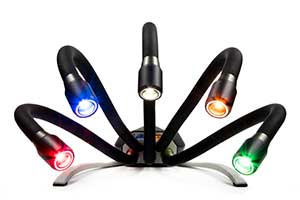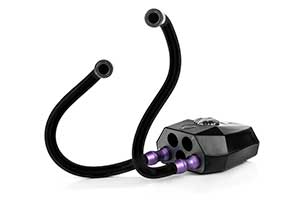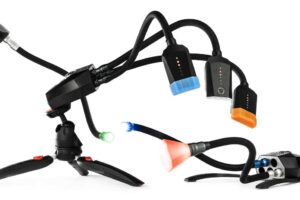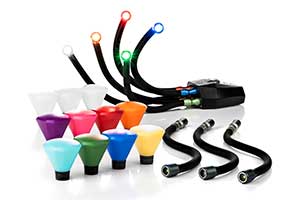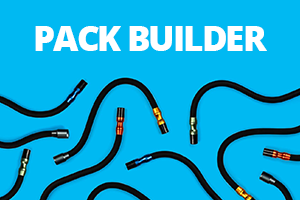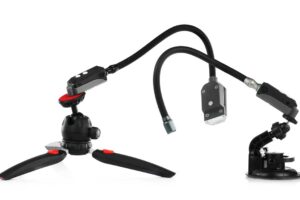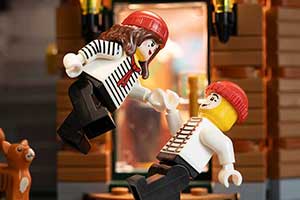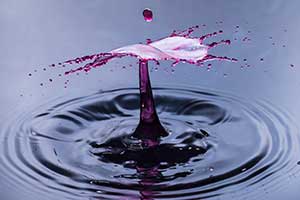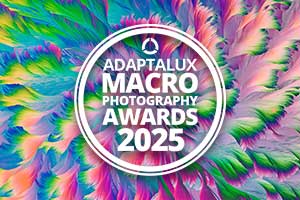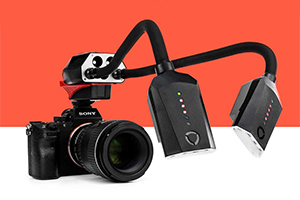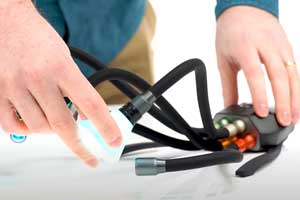What does a macro lens do? Probably a question we all ask in the early stages of learning about photography. It’s not overly obvious before getting hands on, looking through the viewfinder and exploring the macro world. Let’s try to shed some light on macro as a genre, and why macro lenses are important.
macro
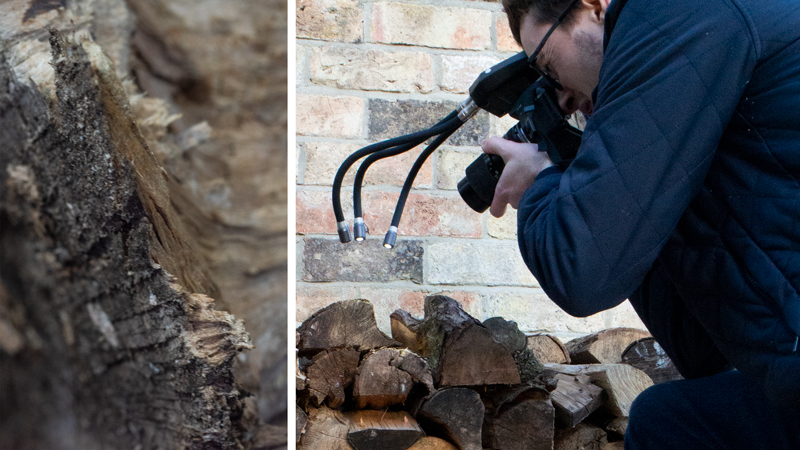
Macro Means Big
In order to understand the question “what does a macro lens do?,” we need to understand the word macro.
Macro means big. This maybe counter intuitive if you have seen all the amazing photographs of tiny subjects that people create. Why is macro photography not called micro photography? After all, the things we photograph are small and not big.
The definition of macro is based on the size of the real object you are photographing. You may have seen lots of photographers that depict this as a ratio.
Image size on the sensor : Subject Size in real life
For example, if a spider is 1cm, when you focus in on it, the image projected onto the film or sensor will also be 1cm. Macro photography is defined as shooting at at least a 1:1 ratio.
That’s the definition of true macro photography at least and some people may well hold you to it. Everything else is “close up photography” though in practise, the terms are often interchangeable.
The bigger the first number gets, the “closer” your subject will look.
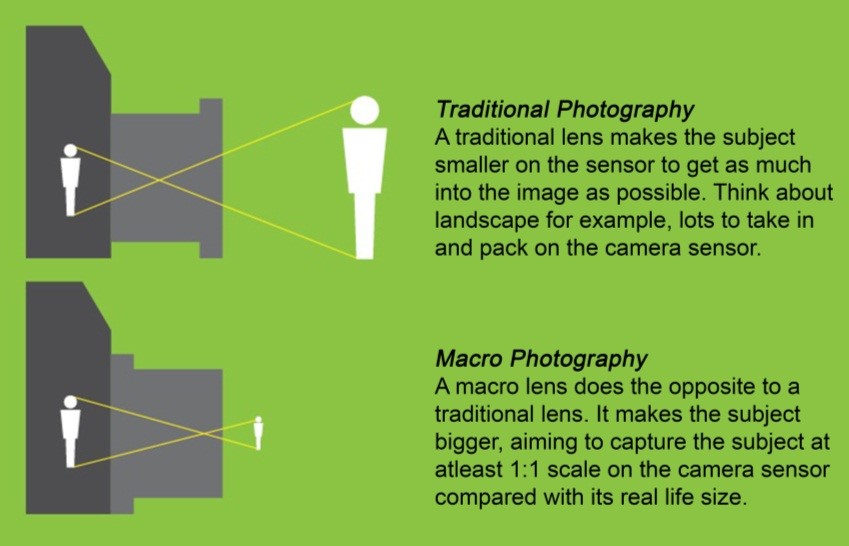
So what does a macro lens do?
“Ratios? I don’t care about ratios…” OK, here’s the basics – It projects the little stuff, bigger. It takes something micro (small), and makes it macro (big) on your camera sensor! It’s worth noting here that it’s that size on the sensor that matters. Looking bigger on the camera screen or on a printed image does not factor it into macro (that’s the resolution doing the work, not the lens).
A wide-angle lens takes an entire landscape and shrinks it down to the size of your camera sensor.
A portrait lens takes a person and shrinks it down to the size of your camera sensor.
A macro lens takes an insect and blows it up to the size of your camera sensor.
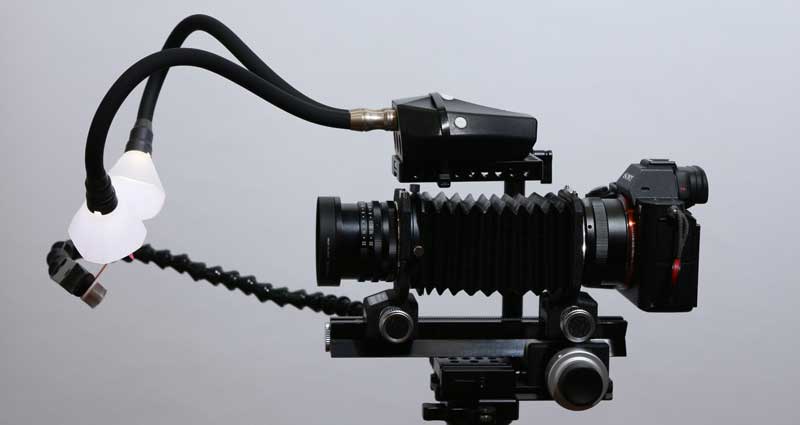
What to look for
Looking for a macro lens, there are a few things to consider.
Ratio – If your lens states a ratio of 1:1, it is a “true” macro lens. 1:2 would not be “true macro”.
Minimum Focusing Distance – The magnification ratio possible with any given lens is based on the focal length of the lens and how close you can get while the subject is still in focus. A 300mm lens might sound good for “zooming in” but if you have to be 3 metres away in order to focus, that “zoom” isn’t going to look very close.
Manual or Auto-focus – Auto-focus is important for most genres of photography. Macro photography can afford us time to be able to focus manually. It’s often preferable to focus manually if you have the time!
Extension tubes and reversed lenses – Reversing a prime (fixed focal length) lens can have a similar effect to a normal macro lens. Adding extension tubes to a setup like that can increase magnification even more (as the bellows are doing in the setup above). For more information on reversing lenses, take a look at our post on how to start macro photography on a budget.
So now if anybody asks you, what does a macro lens do? Why is it called macro photography? You have the answer… macro in photography means making things big!
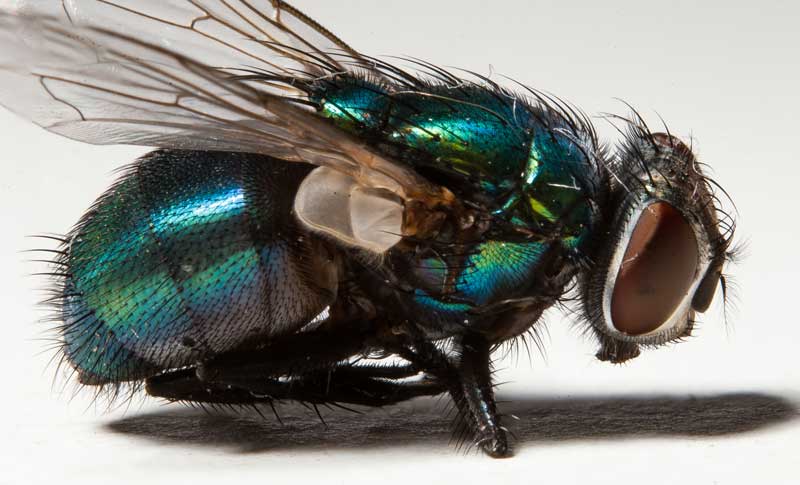
Want to take the next step in your macro photography journey? Check out our post on why lighting is important for macro photography!

